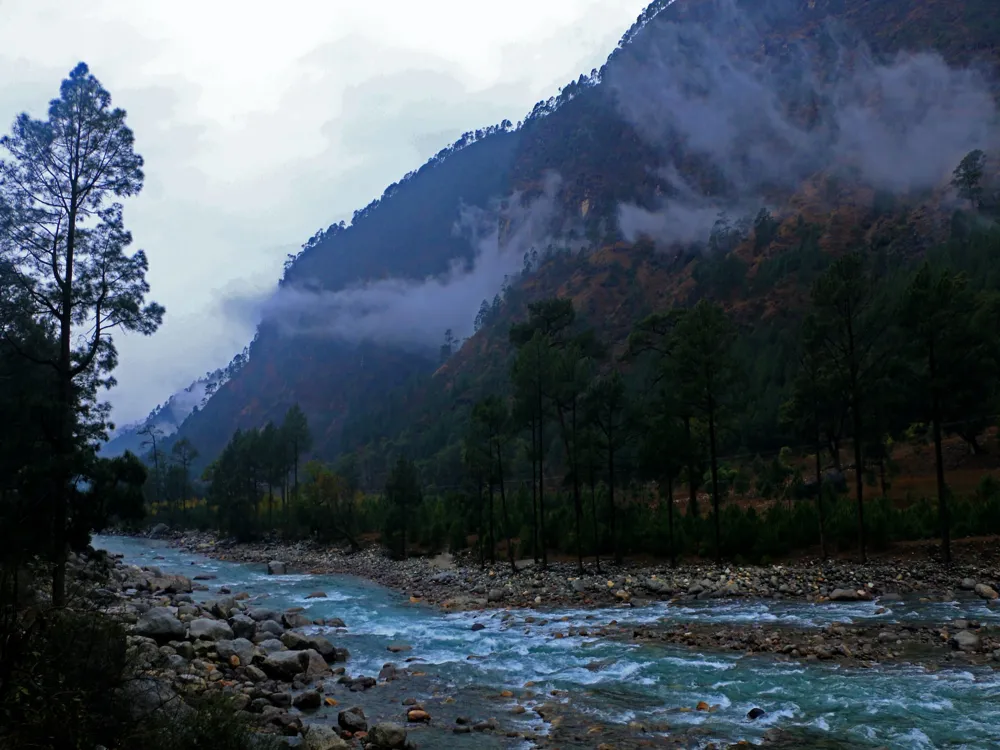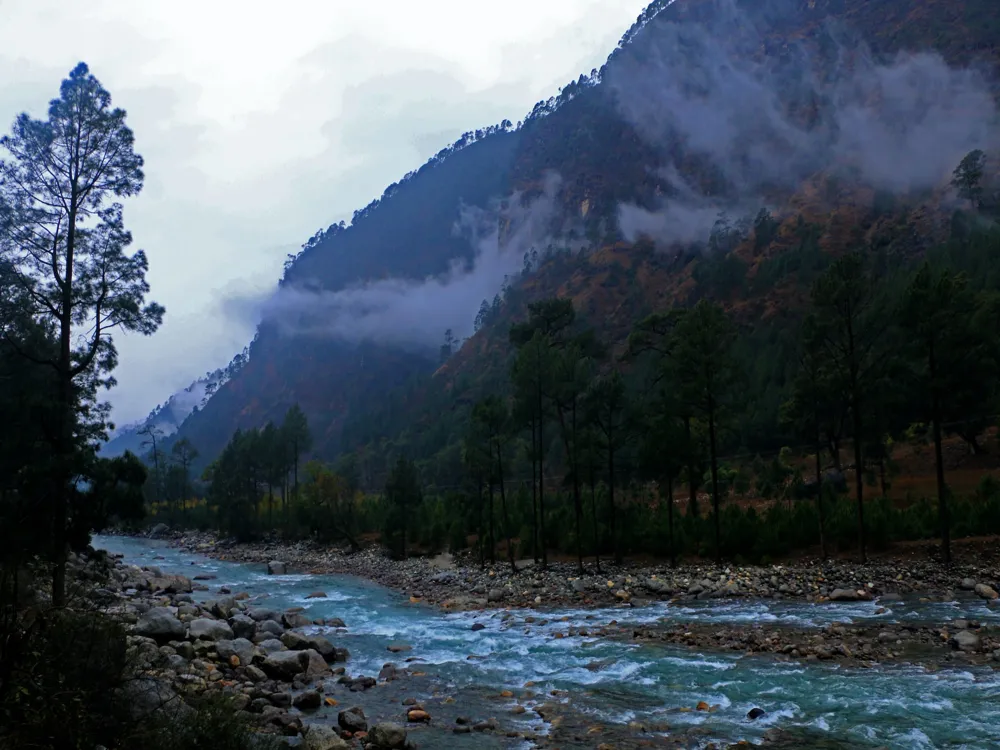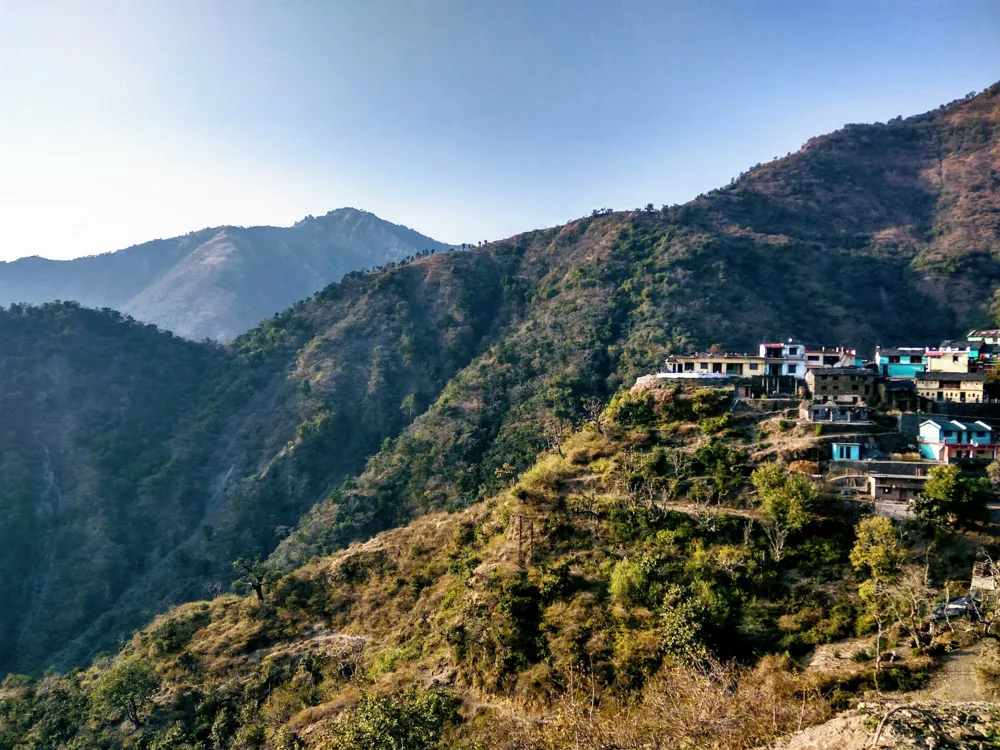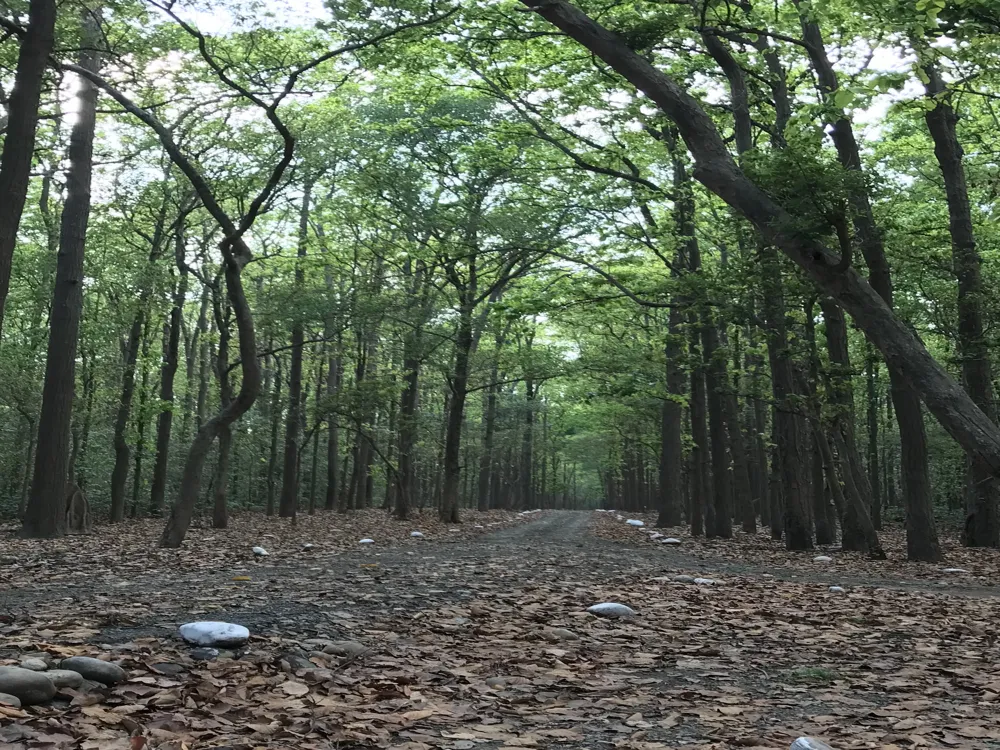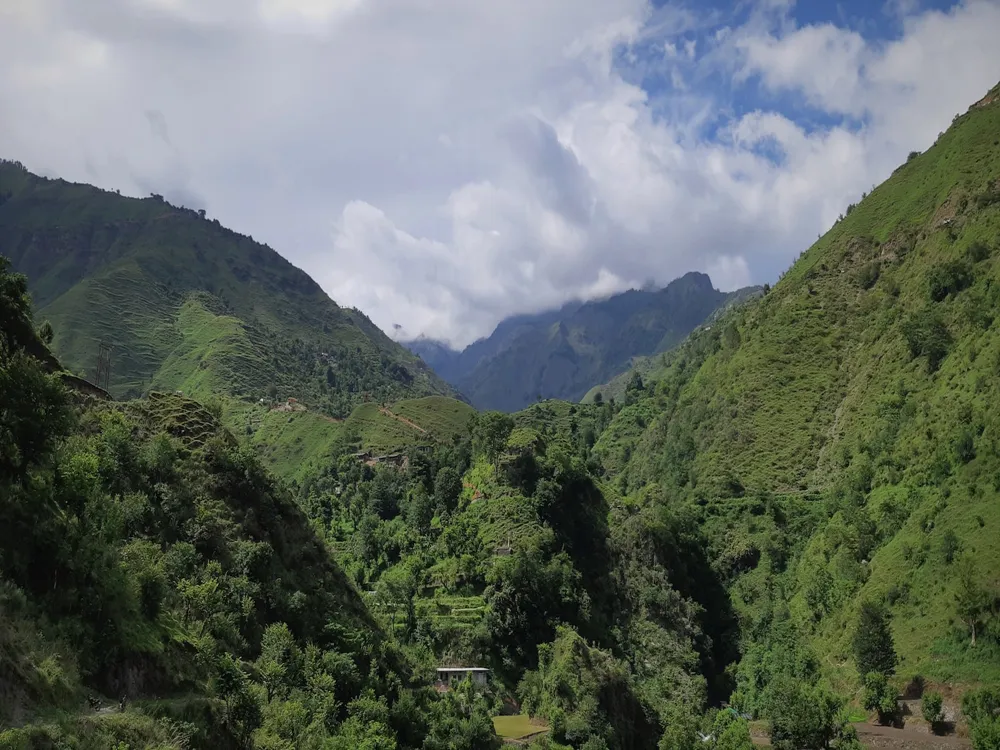Nestled in the verdant foothills of the Garhwal Himalayas, Landour, a small cantonment town adjacent to Mussoorie in Uttarakhand, India, is a place steeped in history and natural beauty. This quaint town, perched at an altitude of approximately 7,500 feet, offers breathtaking views of the snow-capped Himalayas and a serene escape from the hustle and bustle of city life. Landour's name is believed to have been derived from a Welsh village, Llanddowror, and it resonates with the colonial era's charm. The history of Landour dates back to the early 19th century when it was established as a sanatorium for British troops. Over the years, it evolved into a popular hill station, attracting visitors for its cool climate and tranquil surroundings. Unlike its more famous neighbor, Mussoorie, Landour has remained relatively untouched by commercial tourism, retaining its old-world charm and tranquility. The town's unique cultural tapestry weaves together influences from its Tibetan and Garhwali communities, with a significant imprint of British colonial heritage. This blend is reflected in the architecture, cuisine, and lifestyle of its residents. Landour is also famous for being the home of renowned author Ruskin Bond, whose writings have immortalized the beauty and simplicity of this hill station. The natural landscape of Landour is a paradise for nature lovers and trekkers. Dense deodar and pine forests surround the town, with winding paths leading to stunning viewpoints like Lal Tibba and Sisters Bazaar. The area is rich in flora and fauna, with numerous bird species, making it a birdwatcher's delight. The peaceful ambiance, coupled with the captivating beauty of the Himalayas, makes Landour an ideal retreat for those seeking solace and inspiration. The architecture of Landour is a remarkable blend of colonial and traditional Himalayan styles, creating a unique aesthetic that sets this town apart. The British influence is evident in the numerous Victorian-style bungalows, churches, and old cottages that dot the landscape. These structures, built during the colonial era, are characterized by gabled roofs, wooden frames, and spacious verandas, offering stunning views of the surrounding hills. One of the most iconic architectural landmarks in Landour is the St. Paul's Church, a Gothic-style church built in 1839. Its stained glass windows and stately spire make it a visual treat and a testament to the town's colonial past. Similarly, the Kellogg’s Church, known for its beautiful wooden architecture, reflects the amalgamation of Indian craftsmanship and British design. The traditional Garhwali influence in Landour's architecture is seen in the use of local materials like stone and wood, which are abundant in the region. These materials not only blend harmoniously with the natural surroundings but also provide insulation against the cold mountain climate. The houses often feature intricately carved wooden windows and doors, showcasing the skilled craftsmanship of the local artisans. A walk through Landour reveals the careful preservation of these architectural gems. The old-world charm of these buildings, coupled with the stunning natural backdrop, makes Landour a living museum of Himalayan and colonial architecture. This unique architectural heritage contributes significantly to the town's allure, drawing architecture enthusiasts and history buffs from around the world. The preservation of Landour's architecture is a community effort, with residents and local authorities working together to maintain the town's historic character. This commitment to conservation ensures that the architectural beauty of Landour remains unspoiled, allowing future generations to experience its timeless charm. The ideal time to visit Landour is from April to June and from September to November. During these months, the weather is pleasant, offering clear skies and comfortable temperatures. The monsoon season, from July to August, brings heavy rains, which can make travel challenging. Landour offers a range of accommodation options, from cozy homestays to heritage hotels. Booking in advance is recommended, especially during peak seasons, to ensure the best experience. Don't miss the chance to try the local cuisine, which includes Tibetan and Garhwali dishes. Cafes like Char Dukaan offer delicious pancakes and waffles, while traditional momos and thukpa can be found in small eateries. As a visitor, it's important to respect the local culture and environment. Avoid littering, be mindful of noise levels, and engage with the local community respectfully. Landour is well-connected by road, rail, and air. The nearest airport is Jolly Grant Airport in Dehradun, about 60 kilometers away. The nearest railway station is also in Dehradun, with frequent trains from major Indian cities. From Dehradun, Landour can be reached by taxi or bus, with the journey taking approximately 2 hours. For those driving, the roads are well-maintained, but caution is advised on the mountain roads, especially during the rainy season. Read More:Overview of Landour, Mussoorie, Uttarakhand
Architecture of Landour
Tips When Visiting Landour
Best Time to Visit
Accommodation Choices
Local Cuisine
Responsible Tourism
How To Reach Landour
Landour
Mussoorie
Uttarakhand
₹ 3,500 onwards
View mussoorie Packages
Mussoorie Travel Packages
View All Packages For Mussoorie
Top Hotel Collections for Mussoorie

Private Pool

Luxury Hotels

5-Star Hotels

Pet Friendly
Top Hotels Near Mussoorie
Other Top Ranking Places In Mussoorie
View All Places To Visit In mussoorie
View mussoorie Packages
Mussoorie Travel Packages
View All Packages For Mussoorie
Top Hotel Collections for Mussoorie

Private Pool

Luxury Hotels

5-Star Hotels

Pet Friendly








